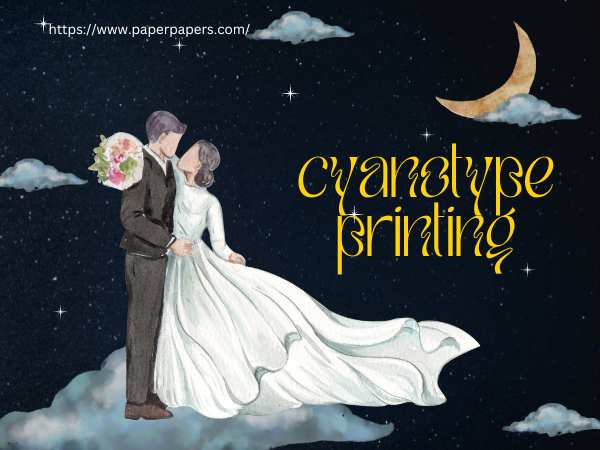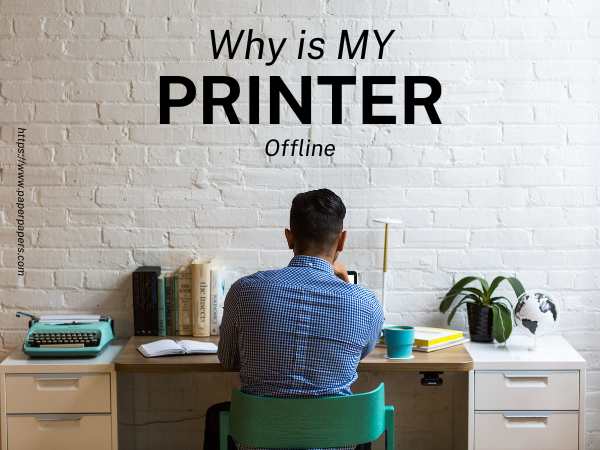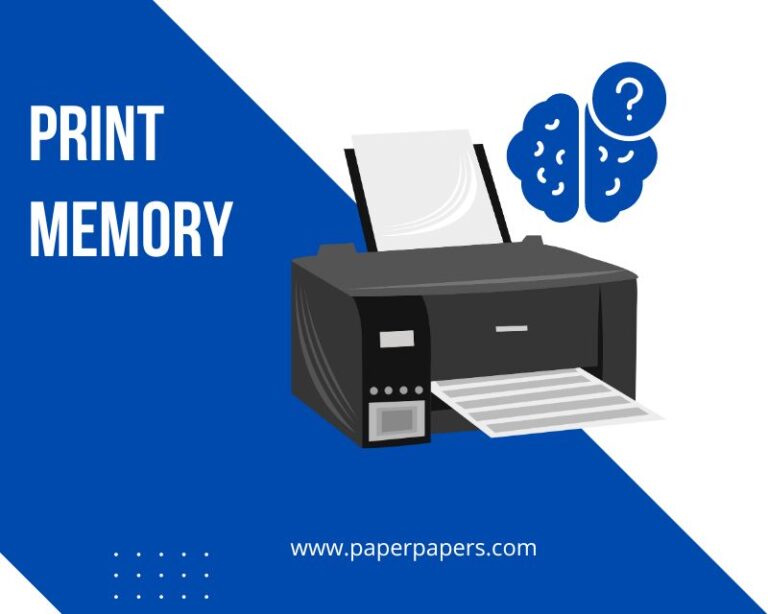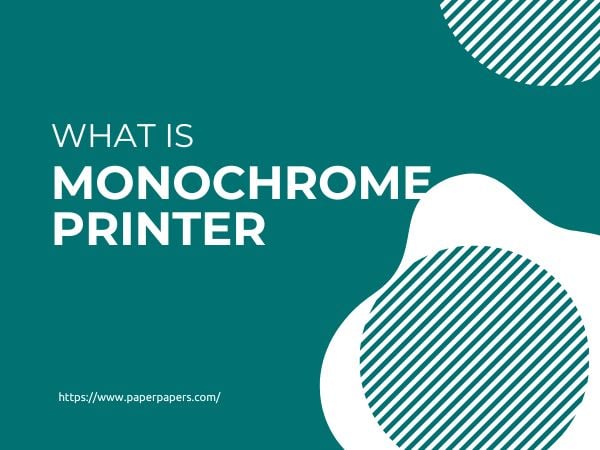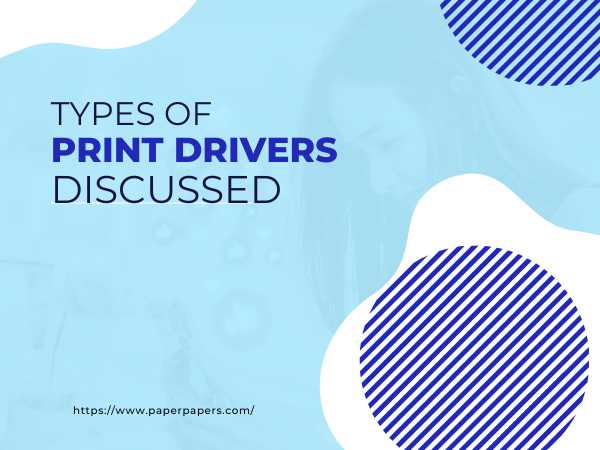Complete Guide to Cyanotype Printing
Art and printing are great ways to spend quality time with family and friends and polish your artistic skills. Studies also reveal that expression through art can help people with anxiety, depression, and anxiety.
There are various art techniques you can try, but indulging in Cyanotype Printing is indeed one of the most fascinating and accessible options.
This printing technique helps you create unique and captivating cyanotype prints, so you can explore creativity and produce stunning artwork. Let’s discuss Cyanotype Printing and how it works more!
What is Cyanotype Printing and Its History?
Cyanotype Printing or a Cyanotype is a photographic printing process that produces cyan-blue prints. It was discovered by Sir John Herschel in the 19th century. He started with experimentation on sun prints, or, you can say photograms. However, later on in 1842, he used a paper coated with iron salts and exposed it to the sun to create the very first Cyanotype – a white image on a blue background.
How Does Cyanotype Printing Work?
Let’s now see the step-by-step process of creating a Cyanotype print:
- Before proceeding with practical steps, make sure your work area is clean, and there are no spills or dirt from previous art projects.
- Take out your Cyanotype medium from its package and place the items or objects that help you create the desired image in a dimly lit room. Cover the printing set up with a glass cover so no item moves from its place, and you get a clear print.
- After that carefully transfer the whole setup under sunlight to get UV radiation. The time limit can vary from 2 to 5 minutes on a sunny day to 10 to 20 minutes on a cloudy day.
- Once you feel your Cyanotype has been properly exposed to sunlight, you should remove the glass cover and take out all the items.
- Next, you should quickly place the Cyanotype under cold flowing water and wash it for at least 5 minutes.
- At last, hang the print with pegs in a shaded area to quicken up the drying process. That’s all! Your Cyanotype print is ready!
The Science Behind a Cyanotype
Well, to create a Cyanotype medium, ferric ammonium citrate, and potassium ferricyanide are mixed and then applied onto a cardstock paper or watercolor paper, where you want to get the Cyanotype print, and allowed to dry in a dark place. When you expose this surface to sunlight, the UV rays reduce the ferric ammonium citrate.
This reduced compound then reacts with potassium ferricyanide to give a deep blue pigment. After that, when you rinse the Cyanotype with water, the water-soluble particles are removed, and the areas that were covered with objects remain unchanged while the exposed areas take a cyan-blue color appearance.
Many people ask, “Are Cyanotype prints permanent?” Well, yes Cyanotype printing is permanent; however, the design may fade over time due to various factors.
Is Cyanotype Bad for the Environment and Toxic for Health?
Well, no! Cyanotype Printing isn’t bad for the environment as the chemicals used in a Cyanotype are less toxic than other photographic methods. Not only this but making a Cyanotype requires water and sun exposure for completion, which further mitigates the environmental risks.
However, a Cyanotype can irritate your skin if you don’t handle it with care. For instance, the chemical used to create the Cyanotype medium may get into your eyes. If this happens, it’s advisable to quickly wash your eyes with clean water and consult a doctor. You should also wear protective gear like gloves to avoid any chances of skin irritation or allergy.
Conclusion
Cyanotype Printing is a great way to experiment with your artistic skills. Compared to other forms of printing, a Cyanotype is based on a scientific process. This means you can use it to spend quality time with kids as well as give them basic knowledge of the scientific process. It’s not toxic for the environment, but you should be aware of not letting the chemicals directly touch your eyes or skin.
Get in touch with us at PaperPapers to explore our paper range of exquisite textures and weights, perfect for capturing the beauty of cyanotype prints!

